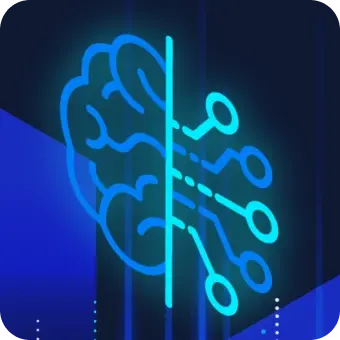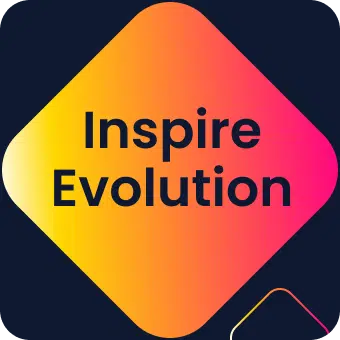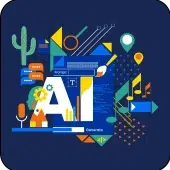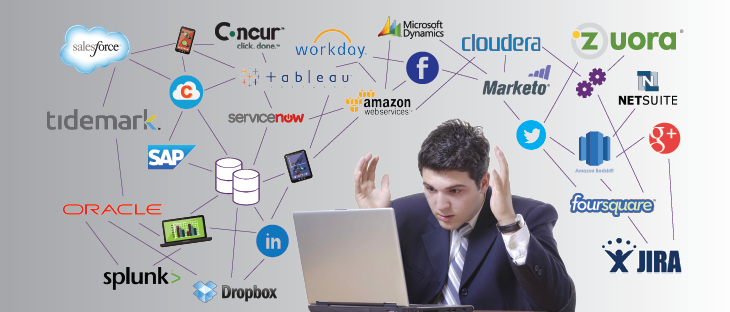Over the past few weeks I have outlined what we believe are the 6 primary requirements for integration platform as a service (iPaaS):
- Fully-Functional Cloud-based Service
- Single Platform for Big Data, Application and API Integration
- Elastic Scale
- Built on Modern Standards
- Broad Cloud and On-Premises Connectivity
- Self-Service for Citizen Integrators
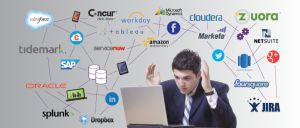 The final post in the series focuses on what is probably the most disruptive change to traditional approaches to data and application integration – the demand for self-service integration from the business and the rise of the so-called Citizen Integrator.
The final post in the series focuses on what is probably the most disruptive change to traditional approaches to data and application integration – the demand for self-service integration from the business and the rise of the so-called Citizen Integrator.
Integration tools have historically been the domain of the specialists. The black belts. The plumbers. They have also required distinct skill sets and domain knowledge – from enterprise application integration (EAI) and enterprise service buses (ESBs) and services oriented architecture (SOA) to extract, transformation and load (ETL) and enterprise data warehousing (EDW) and business intelligence (BI). Different teams. Different tools. Different worlds.
With apologies to S.E. Hinton, that was then, this is now…
A few years ago, Gartner predicted that Citizen Developers will build at least 25% of new business applications by 2014. They’ve also predicted that in a few years, the CMO will spend more on IT than the CIO and the majority of new integration flows will be developed outside the control of IT departments. Of course, it’s not a new phenomenon that people want access to trusted information – including when, where and how they want it – but the The Nexus of Forces (also known has SMAC – social, mobile, analytics, cloud) has shaken up traditional roles and responsibilities when it comes to the business and IT relationship. In the impatient enterprise, waiting days, weeks or months to get access to this information is not an option.
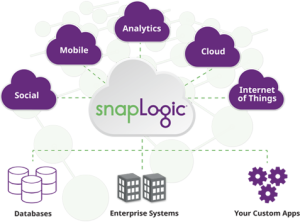 With cloud deployments comes cloud expectations, and speed and time to value are the primary drivers for integration platform as a service (iPaaS). Enter the Citizen Integrator.
With cloud deployments comes cloud expectations, and speed and time to value are the primary drivers for integration platform as a service (iPaaS). Enter the Citizen Integrator.
Citizen Integrators generally have a solid background in data, but they are not classically trained on the legacy tools of the trade. And if they do have experience with ETL/ELT or EAI tools, newer approaches to solving both old and new integration challenges may require some re-thinking (as explained in this iRobot video). If the Citizen Integrator has an applications background, they are typically well-versed in SaaS and have a good grasp of specific end-points and business processes. If they have an analytics background, the Citizen Integrator may have used business intelligence tools and may now even have the coveted “Data Scientist” title. On average, however, Citizen Integrators are in the line business. The have solid Excel skills and a role that requires more and more access to data from multiple systems. Digital marketers are a good example of a team that may look to tools like SnapLogic, AWS Redshift and Tableau for self-service integration of data from multiple channels, low-cost data warehousing and advanced data visualization. And they want the entire infrastructure up and running in days, not months or years.
If this is where you see integration going at your company – whether the focus is connecting data, applications or APIs, here are a few features that we believe a cloud integration service is going to require in order to meet the needs of your Citizen Integrators:
